Effects and Mechanisms of Microbial Agents and Carbon Sources on Aquaculture Environment
DOI: 10.23977/erej.2023.070209 | Downloads: 18 | Views: 1340
Author(s)
Quansheng Wang 1
Affiliation(s)
1 Hebei Agricultural University, Baoding, Hebei, 071001, China
Corresponding Author
Quansheng WangABSTRACT
Improving aquaculture environment through microbial manipulation has been a hot topic in aquaculture research in recent ten years. The effectiveness of microbiological agents in improving aquaculture water quality, especially in the degradation of inorganic nitrogen, remains controversial. One of the reasons is the lack of understanding of the pathway through which microbiological agents affect the environment. The effects of carbon sources and two microbial agents on ammonia nitrogen conversion in a cultured environment were studied by two in-situ experiments. The results showed that the inorganic carbon and organic carbon increased significantly in the sterilized and non-sterilized groups. The conversion trend of inorganic nitrogen was the same. The ammonia nitrogen and nitrite did not decrease, and the nitrate decreased significantly. The results indicated that there was no significant change in the function and unextinguished effect of nitrifying bactericide after sterilization. The effect of adding microbial agents on the conversion of inorganic ammonia in the environment might be due to the role of carbon source itself.
KEYWORDS
Microbial preparation; Carbon nitrogen ratio; Aquaculture; Fine bacteriaCITE THIS PAPER
Quansheng Wang, Effects and Mechanisms of Microbial Agents and Carbon Sources on Aquaculture Environment. Environment, Resource and Ecology Journal (2023) Vol. 7: 49-54. DOI: http://dx.doi.org/10.23977/erej.2023.070209.
REFERENCES
[1] Dong S, Li Y, Jiang F, et al. Performance of Platymonas and microbial community analysis under different C/N ratio in biofloc technology aquaculture system [J]. Journal of Water Process Engineering, 2021, 43: 102257.
[2] Shu H, Sun H, Huang W, et al. Nitrogen removal characteristics and potential application of the heterotrophic nitrifying-aerobic denitrifying bacteria Pseudomonas mendocina S16 and Enterobacter cloacae DS'5 isolated from aquaculture wastewater ponds [J]. Bioresource Technology, 2022, 345: 126541.
[3] Michaud L, Blancheton J P, Bruni V, et al. Effect of particulate organic carbon on heterotrophic bacterial populations and nitrification efficiency in biological filters [J]. Aquacultural engineering, 2006, 34(3): 224-233.
[4] Deng B, Fu L, Zhang X, et al. The denitrification characteristics of Pseudomonas stutzeri SC221-M and its application to water quality control in grass carp aquaculture [J]. PloS one, 2014, 9(12): e114886.
[5] Asaduzzaman M, Rahman M M, Azim M E, et al. Effects of C/N ratio and substrate addition on natural food communities in freshwater prawn monoculture ponds[J]. Aquaculture, 2010, 306(1-4): 127-136.
[6] Hui Liang D, Hu Y, Liang D, et al. Bioaugmentation of Moving Bed Biofilm Reactor (MBBR) with Achromobacter JL9 for enhanced sulfamethoxazole (SMX) degradation in aquaculture wastewater [J]. Ecotoxicology and Environmental Safety, 2021, 207: 111258.
| Downloads: | 5909 |
|---|---|
| Visits: | 433637 |
Sponsors, Associates, and Links
-
International Journal of Geological Resources and Geological Engineering
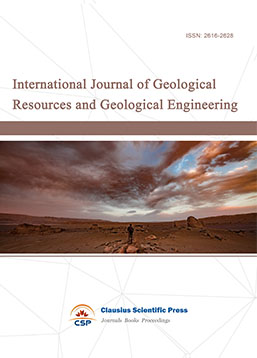
-
Big Geospatial Data and Data Science
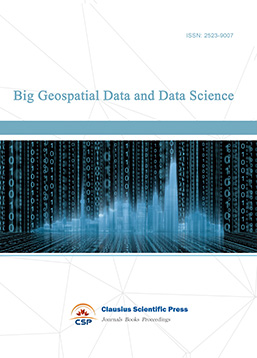
-
Solid Earth and Space Physics
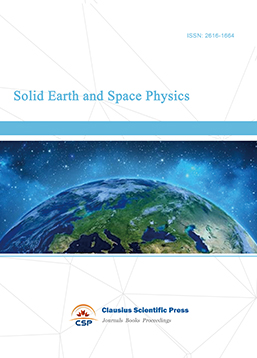
-
Environment and Climate Protection
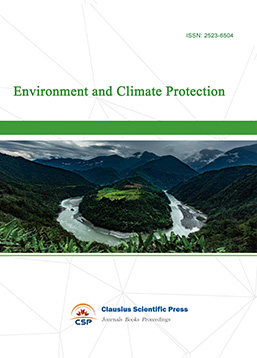
-
Journal of Cartography and Geographic Information Systems
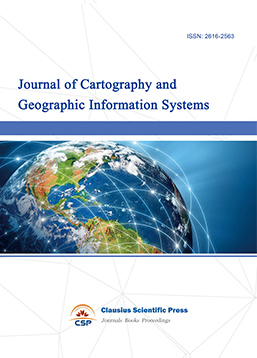
-
Offshore and Polar Engineering
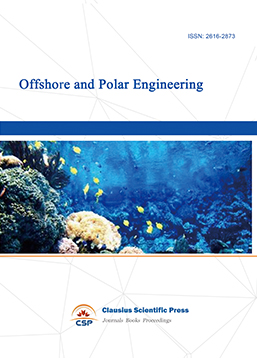
-
Physical and Human Geography
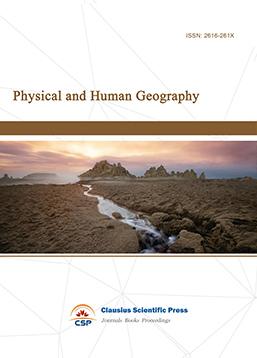
-
Journal of Atmospheric Physics and Atmospheric Environment
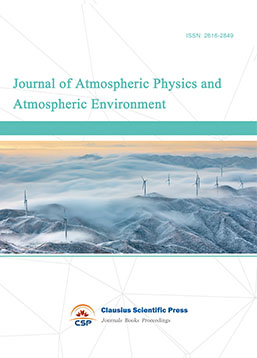
-
Trends in Meteorology

-
Journal of Coastal Engineering Research

-
Focus on Plant Protection

-
Toxicology and Health of Environment
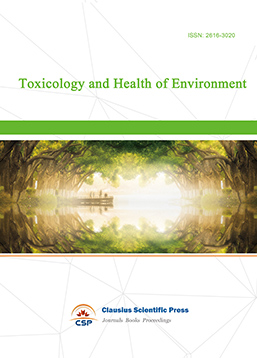
-
Geoscience and Remote Sensing
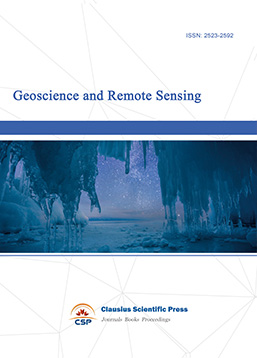
-
Advances in Physical Oceanography
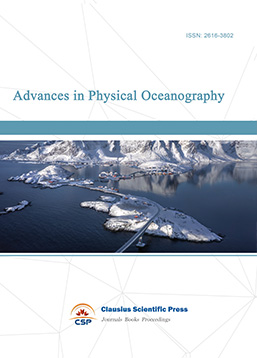
-
Biology, Chemistry, and Geology in Marine
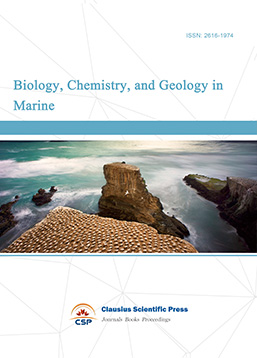
-
Water-Soil, Biological Environment and Energy
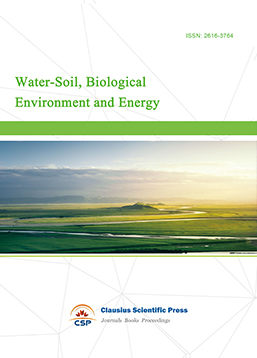
-
Geodesy and Geophysics
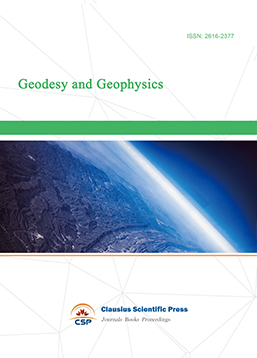
-
Journal of Structural and Quaternary Geology

-
Journal of Sedimentary Geology
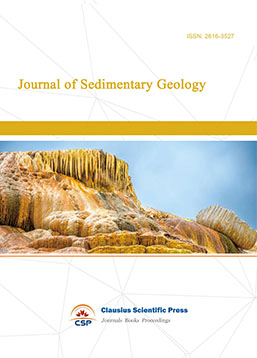
-
International Journal of Polar Social Research and Review
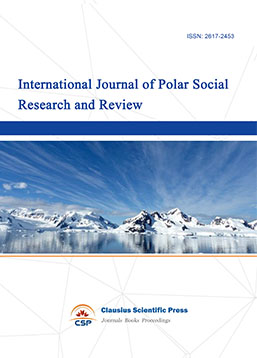

 Download as PDF
Download as PDF